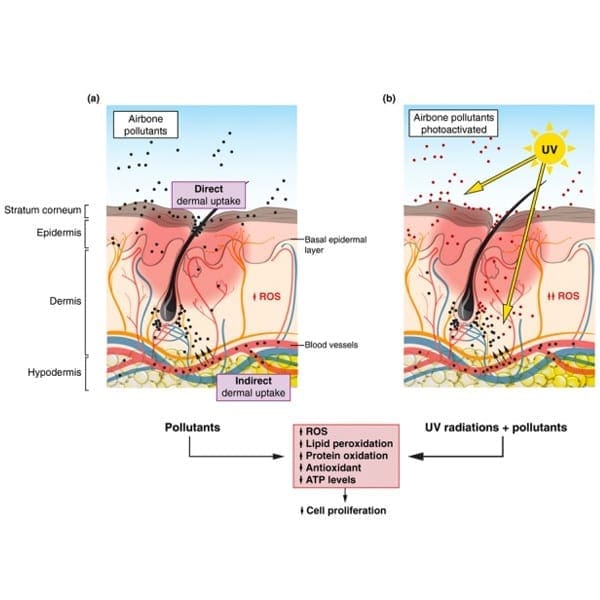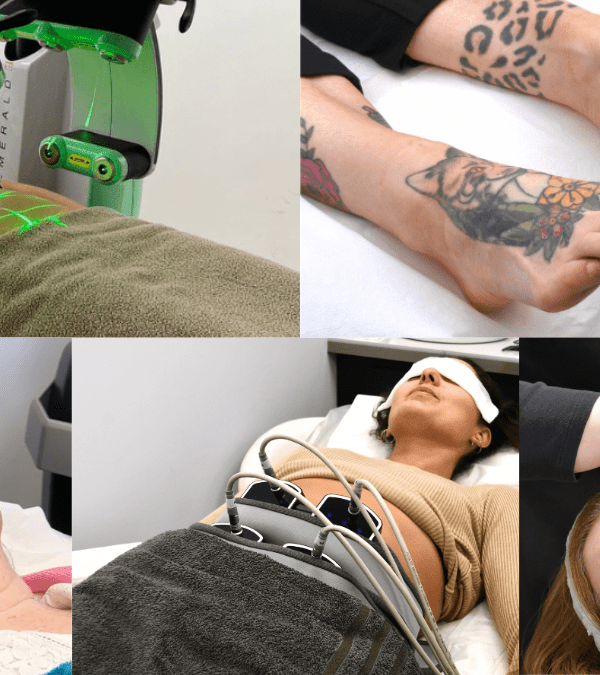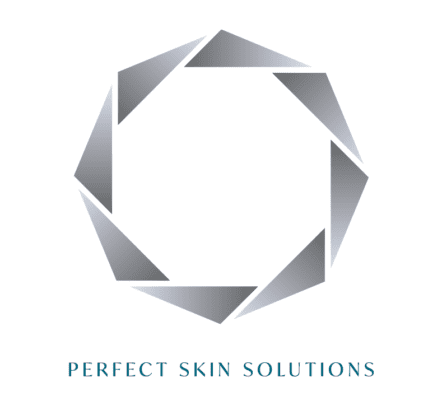Air pollution is one of the greatest risk factors for death, being attributed to a staggering 5 million deaths per year! Is it any wonder then, that our body’s first line of defence – the skin – sustains relentless and cumulative stress from pollution which has a clear impact on its state of health and overall appearance.
You can help reinforce your skin’s natural defences to pollution with specific ingredients shown to actively block factors such as particulate matter. Other ingredients can fight against the resulting oxidative stress caused by pollution and lastly some ingredients will help maintain good cellular function to help protect from and repair ongoing damage. Speak to one of our skincare consultants for expert advice.
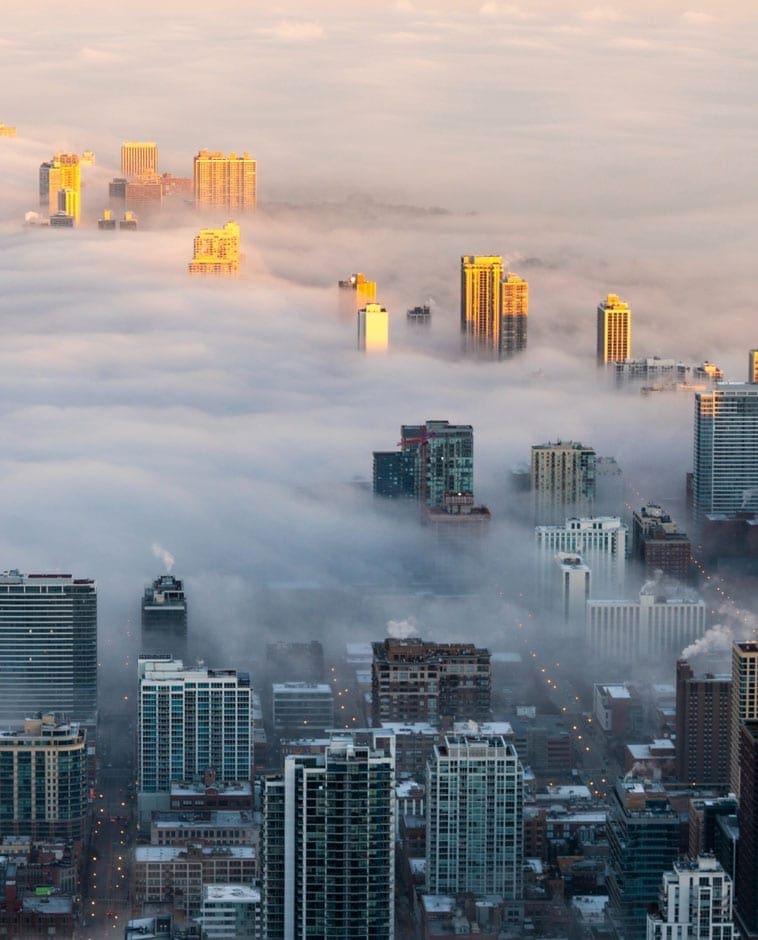
Things you can do at home

Things you can do in life

- Walk or cycle when possible
- Learn more about how you can help reduce pollution
- Share this information or webpage with your friends and family
- Favour plant-based over animal-based food products
- Buy local when able
- Avoid being around cigarette smoke
 Close
Close
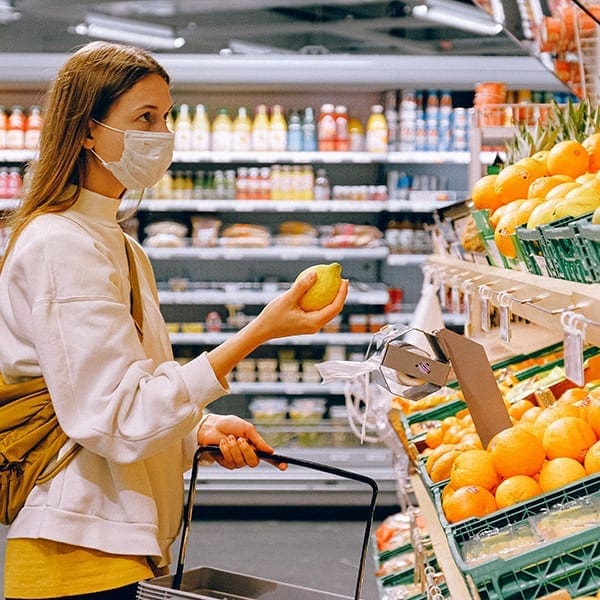
Things you can do with your skincare
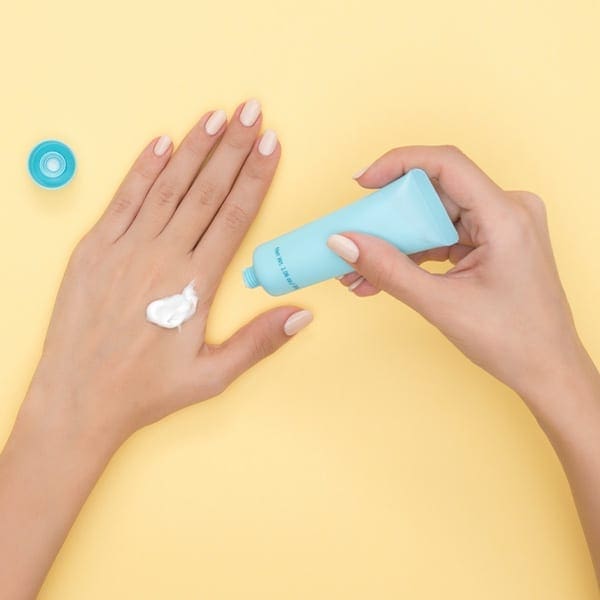

- Speak to an expert at our clinic
- Ensure you use not just the right ingredients but the right formulations
- Use Vitamins C & E (preferably with Ferulic Acid)
- Include skin filters effective against fine particulate matter
- Use mineral-based sunscreen
- Add plant-based squalane to your regime
- See below for some of our favourite products that help protect against pollution
 Close
Close
Particulate Matter

PM2.5 or fine particulate matter has a diameter of less than 2.5µm (100 times thinner than a human hair). This is produced by chemical reactions in the atmosphere, industrial facilities, waste incineration, maritime transport, burning of fossil fuels and even cooking (frying)!
Aside from the growing evidence of negative impact this has on many aspects of our health, it has been shown to cause damage to the epidermis. The skin has a receptor called AHR or aryl hydrocarbon receptor. This may be activated by factors like UV(B) or PM2.5. This in turn triggers biological events which may lead to skin inflammation, skin cancer, premature ageing of the skin, dullness, dryness and pigment disturbance. A paper by Liao et al, showed that PM2.5 also induces upregulation of epidermal cholesterol but reduces squalene concentration – both essential factors in maintaining epidermal barrier function. Interestingly, they also showed that Green Tea Extract helps protect against PM2.5 – induced damage.
You may not be able to choose where you live but you can apply certain products with ingredients that will either help block PM2.5 or counteract against some of the biological changes it induces in the skin. Our skincare favourites above will help fortify your skin against attack.
Gases
Nitrogen Dioxide, Sulphur Dioxide, Carbon Monoxide and Ozone are created by processes such as burning of fossil fuels, wood burning, vehicle emissions and maritime transport. Putting the global effects on health aside, the skin alone has up to a staggering 26% reduction in Vitamin C and 70% in Vitamin E levels from exposure to ground level Ozone. Other key changes include disruption of lipid and squalene levels in the skin.
Heavy Metals
Lead, arsenic, cadmium and nickel are all damaging to skin health with battery manufacture being a key contributor.
Other pollutants
The list goes on. There are Persistent Organic Compounds eg Dioxins, Polyaromatic Hydrocarbons (PAHs), Semivolatile Organic Compounds (SVOCs) eg nicotine, and Volatile Organic Compounds (VOCs) eg hexane. Culprits include cigarette smoke, fuel combustion and pesticides.
Science and the Skin
There is significant evidence supporting the detrimental impact of air pollution on our skin and overall health. The primary damage is caused by Reactive Oxygen Species which are created as an effect of pollutants in the skin, either directly, or by UV-induced activation. For more of the geeky stuff, check out this great representation below.
Araviiskaia E. et al. The impact of airborne pollution on skin. J Eur Acad Dermatol Venereol. 2019 Aug; 33(8): 1496–1505.
 Close
Close
